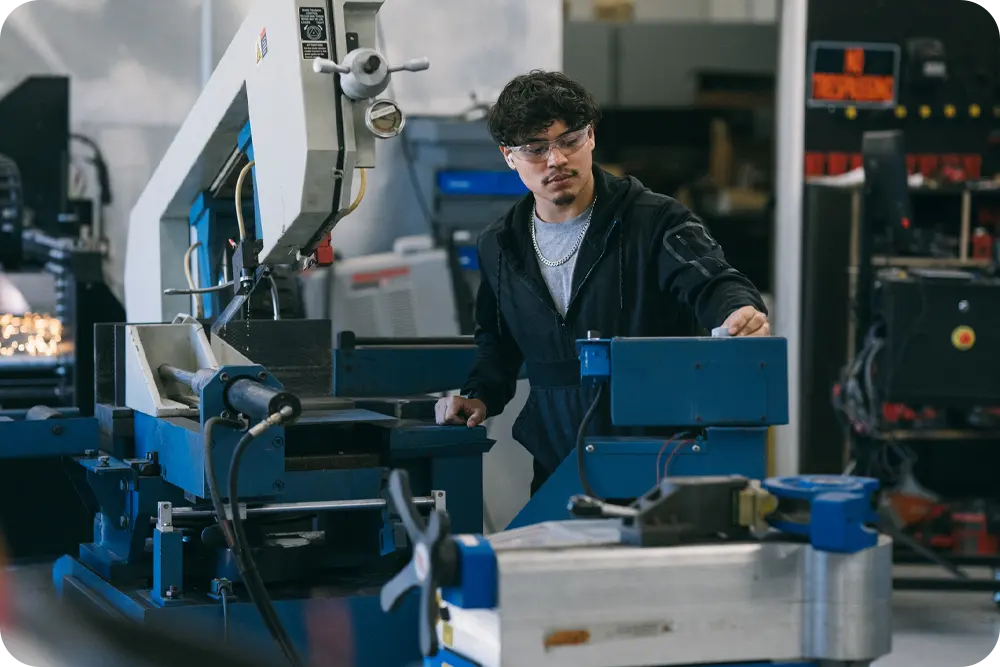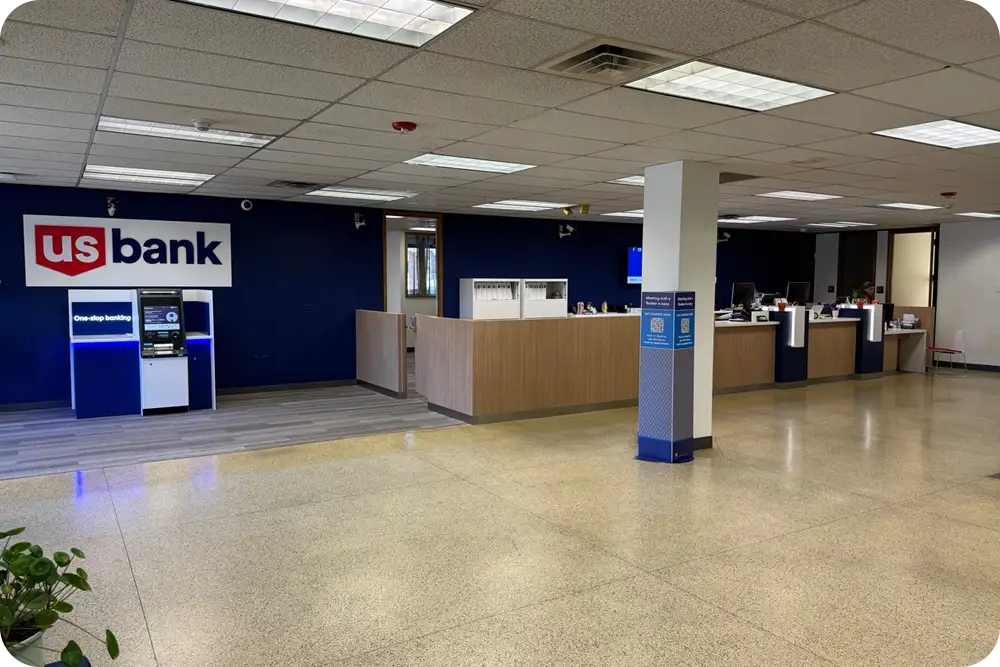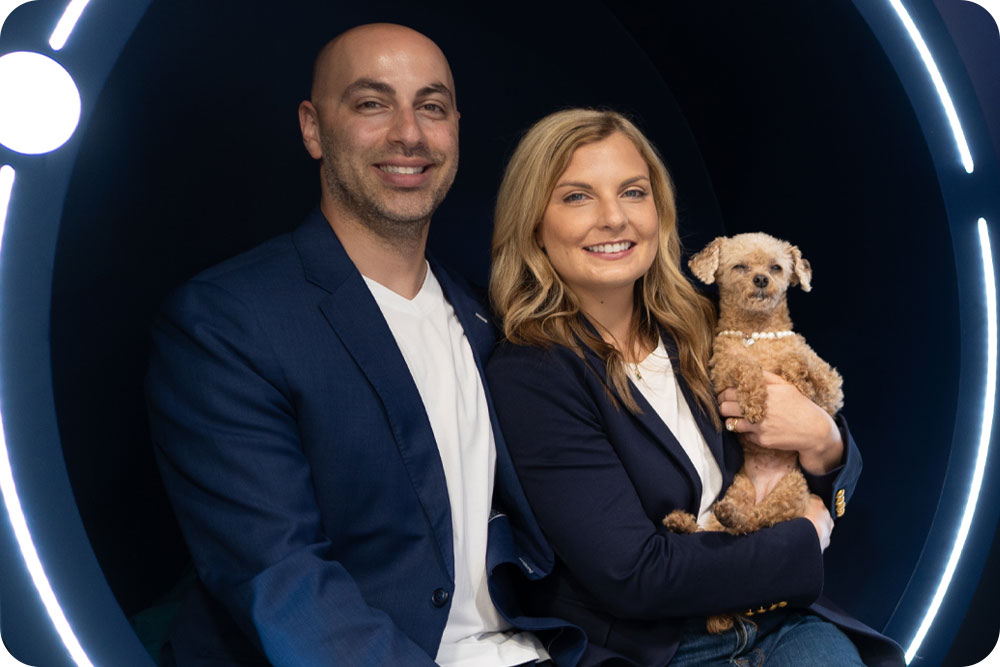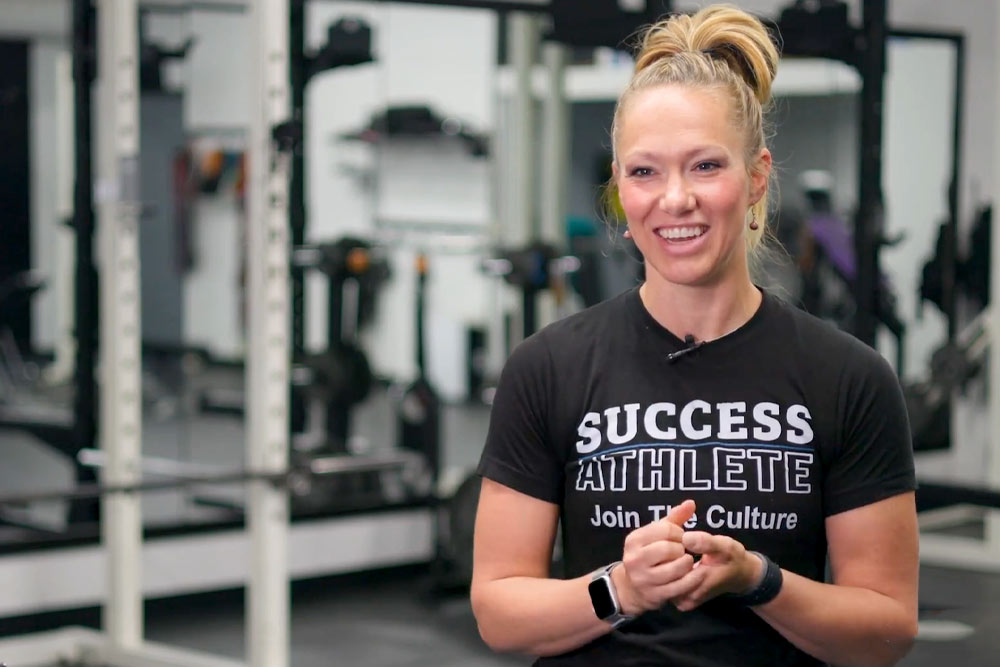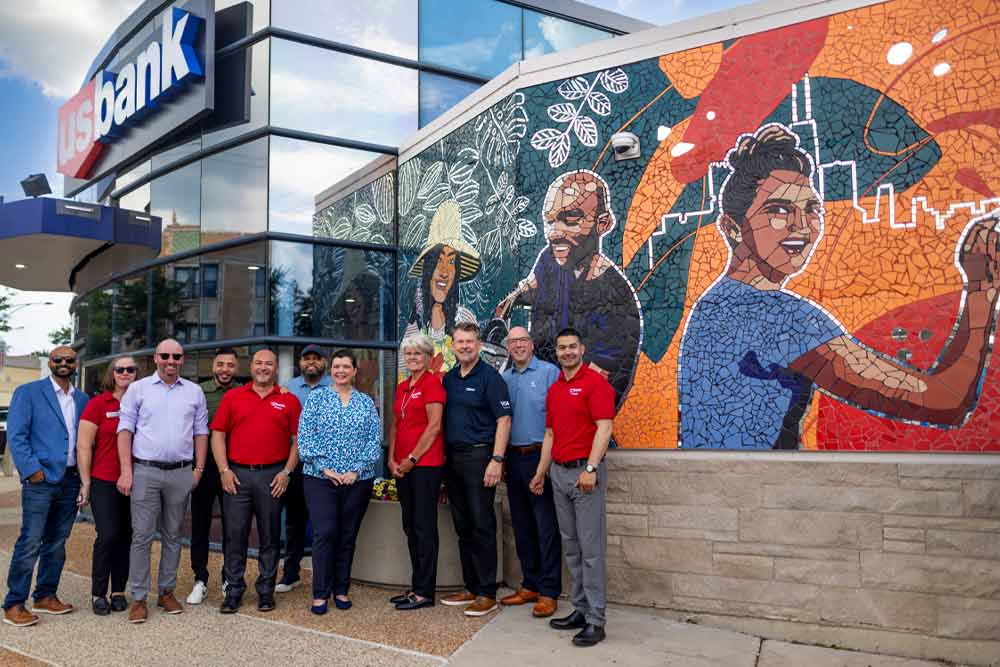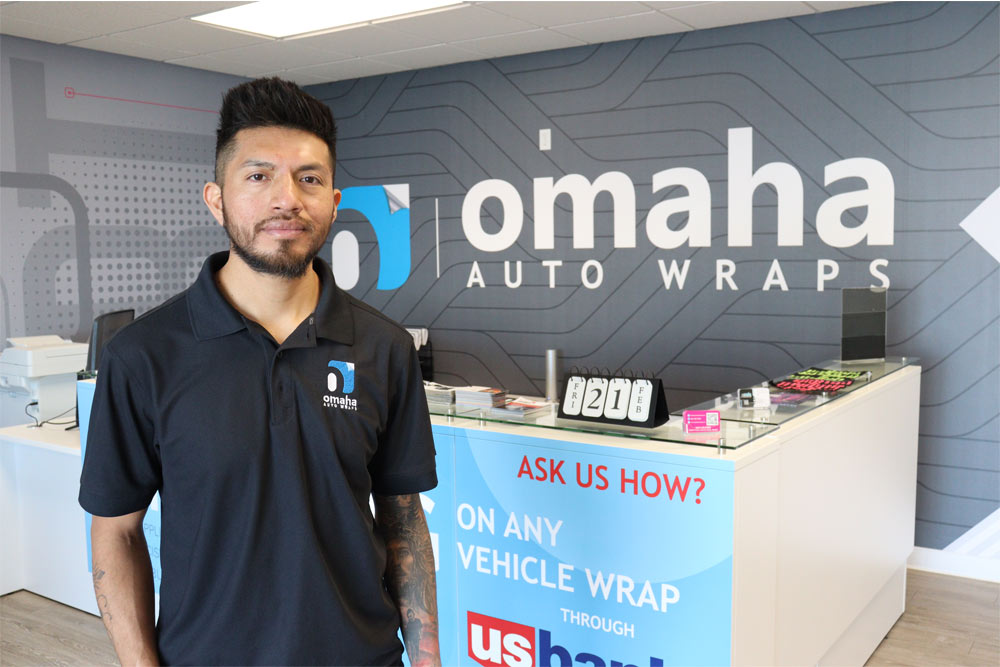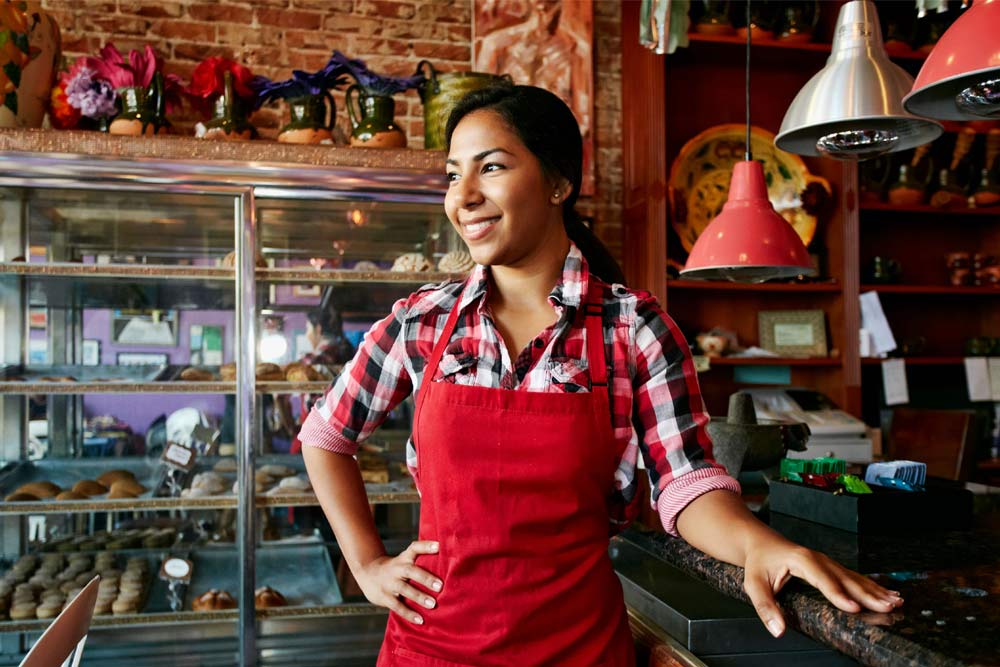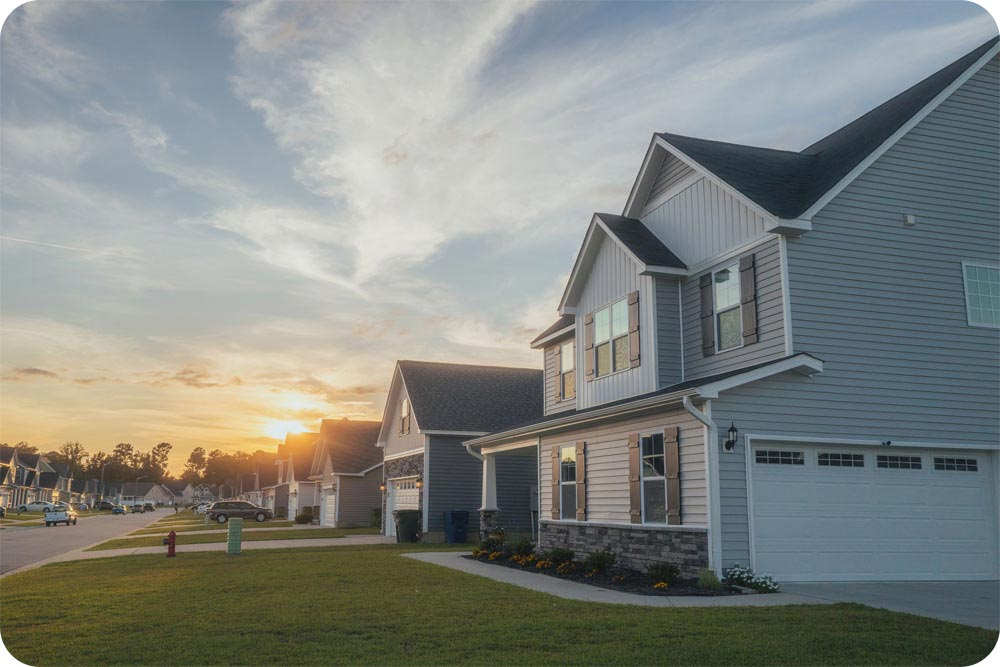News & Stories
News
U.S. Bank, DAT Freight & Analytics launch joint freight rates research
The new report analyzes the movements in spot and contract truck freight rates over the last quarter.
news
New Markets Tax Credit allocation to spur economic growth
The $95 million allocation comes from the U.S. Department of Treasury's CDFI Fund.
Stories
Colorado bankers creating a sweet recipe for chocolatier client success
Stargazer owner credits banking relationships forged 50 years ago for helping his business thrive.
News
U.S. Bank Avvance expands embedded financing network with new partners
KabelSync, Strictly and United Credit have added Avvance as a payment option in their platforms.
Stories
U.S. Bank revamping branch network for the digital age
Five markets are among the first to see brighter, more collaborative in-person banking spaces.
News
Coinstar, U.S. Bank partner to offer convenient coin deposit options
Clients can now directly deposit coins at more than 10,000 retail kiosks and 100+ branches.
South Dakota banker has prescription for practice success
Jeramie Eimers helps doctors, dentists and veterinarians secure financing and build thriving practices.
Collateralized Loan Obligation trustee helps clients focus on growth
Chicago-based Tony Fajardo helps ensure that investors get the information – and cash – that they’re supposed to.
Banker helps businesses manage cash and check deposits more efficiently
Treasury management and payments consultant Maryam Ebadi works with businesses to understand their needs.
Video spotlight
Colorado bankers creating a sweet recipe for chocolatier client success
Stargazer owner credits banking relationships forged 50 years ago for helping his business thrive.
U.S. Bank donates 100th car to Marine Corps veteran
The U.S. Bank Driven to Serve Program provides payment-free vehicles to veterans and started in 2018.
Bank supporting program for jobseekers in Orange County
From micro-internships to major fundraising support, U.S. Bank helps workforce development nonprofits to grow and thrive.
Bank helps Success Fitness chain bulk up its gym business
U.S. bank funded a renovation and equipment purchase for the small, boutique gym in Minnesota.
From teen banking customer to bank branch mural creator
The Green Star Movement founder helped create a mosaic mural for the Lincoln Avenue branch in Chicago.
Renovating and innovating with Omaha Auto Wraps and U.S. Bank
Edy Francisco expanded from car detailing to auto wrapping and more to grow his business.
Insights
U.S. Bank survey finds crisis of confidence reshaping the American Dream,
Despite doing all the right things, many say economic environment makes goals difficult to achieve
U.S. Bank survey looks at small business stressors, AI and succession plans
The Small Business Perspective survey reveals how owners are responding to an environment defined by rapid change.
Mortgage leader discusses impact of Fed rate cut on home lending
John Hummel, head of retail home lending at U.S. Bank, outlines some expected impacts of the rate cut.



